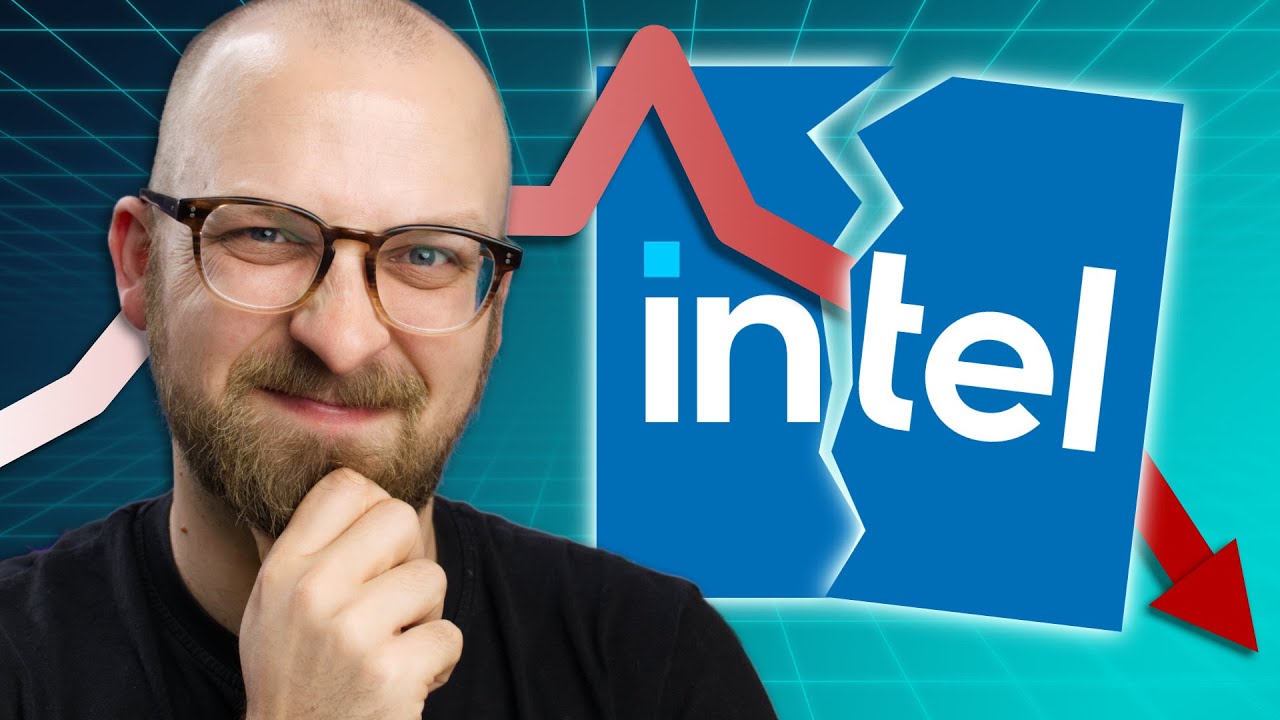This week, Intel is facing significant challenges as the company announces another round of layoffs affecting over 5,000 employees across the US, particularly in California and Oregon, as well as hundreds more in Israel. Since 2022, Intel has laid off more than 38,000 employees, a staggering number that exceeds the workforce size of many other chip companies. Additionally, Intel’s upcoming Nova Lake CPU, expected in late 2026, has reportedly been taped out using TSMC’s advanced N2 fabrication node, indicating that Intel may continue relying on external fabs rather than fully returning to its own manufacturing facilities. Furthermore, Intel might be shelving its 18A manufacturing process for external customers, using it only internally, which casts a shadow over its manufacturing future. Meanwhile, TSMC is accelerating the construction of new plants in Arizona due to rising US demand, highlighting the contrasting fortunes of these semiconductor giants.
In lighter news, the foldable smartphone market has seen some amusing drama involving the Honor Magic V5 and Samsung Galaxy Z Fold 7. Although Honor claimed the Magic V5 as the world’s thinnest foldable at 8.88 mm, tests revealed that Samsung’s Fold 7 is actually thinner. It turns out Honor’s measurement excluded protective films and camera bumps, which Samsung highlighted indirectly through a PR contact. Despite the back-and-forth, the half-millimeter difference is unlikely to impact user experience significantly, especially since the Honor device offers a larger battery. This episode also showcased how companies subtly provide media with ammunition to critique competitors without direct confrontation.
A major development in the software world is Google’s confirmation that Android and Chrome OS will merge into a single platform. This announcement came casually during an interview by Google’s head of Android ecosystems, Samir Samat, and was later reiterated on Twitter. The integration aims to build Chrome OS on top of Android’s underlying technology, promising improved performance and better synergy between laptops, phones, and smartwatches. While the practical implications remain to be seen, this move is expected to enhance the overall user experience and streamline the ecosystem.
The release monitor highlighted several new tech products, including Form’s Smart Swim 2 Pro goggles with upgraded Gorilla Glass 3 lenses, Sony’s RXR1 full-frame fixed-lens camera priced at $5,100, and Razer’s Pokémon-themed gaming peripherals. Techno unveiled its Phantom Ultimate G-fold concept device, essentially a pocket-sized tablet, set to be showcased at MWC 2026. Seagate launched 30 TB hard drives using heat-assisted magnetic recording technology, now available for purchase. Additionally, the new G2.2 wireless charging standard was officially announced, with multiple companies releasing compatible devices supporting up to 25 watts of charging.
In brief updates, Samsung is exploring Galaxy phones with built-in magnets and no wired charging, and the S Pen might return to foldables if digitizer layers can be made thinner. Google announced its Pixel 10 series launch event for August 20, with leaks suggesting the upcoming Pixel Fold will have an IP68 rating for water and dust resistance. Spain controversially awarded Huawei contracts for intelligence agency wiretaps, raising security concerns, while the FCC plans to ban Chinese technology in undersea cables to protect critical infrastructure. Cyberpunk 2077 finally launched on Mac OS for Apple Silicon, and Meta is cracking down on content theft on Facebook and Instagram. Lastly, the video promoted Nebula, a streaming platform offering exclusive, high-quality content without ads, encouraging viewers to support creators directly.
